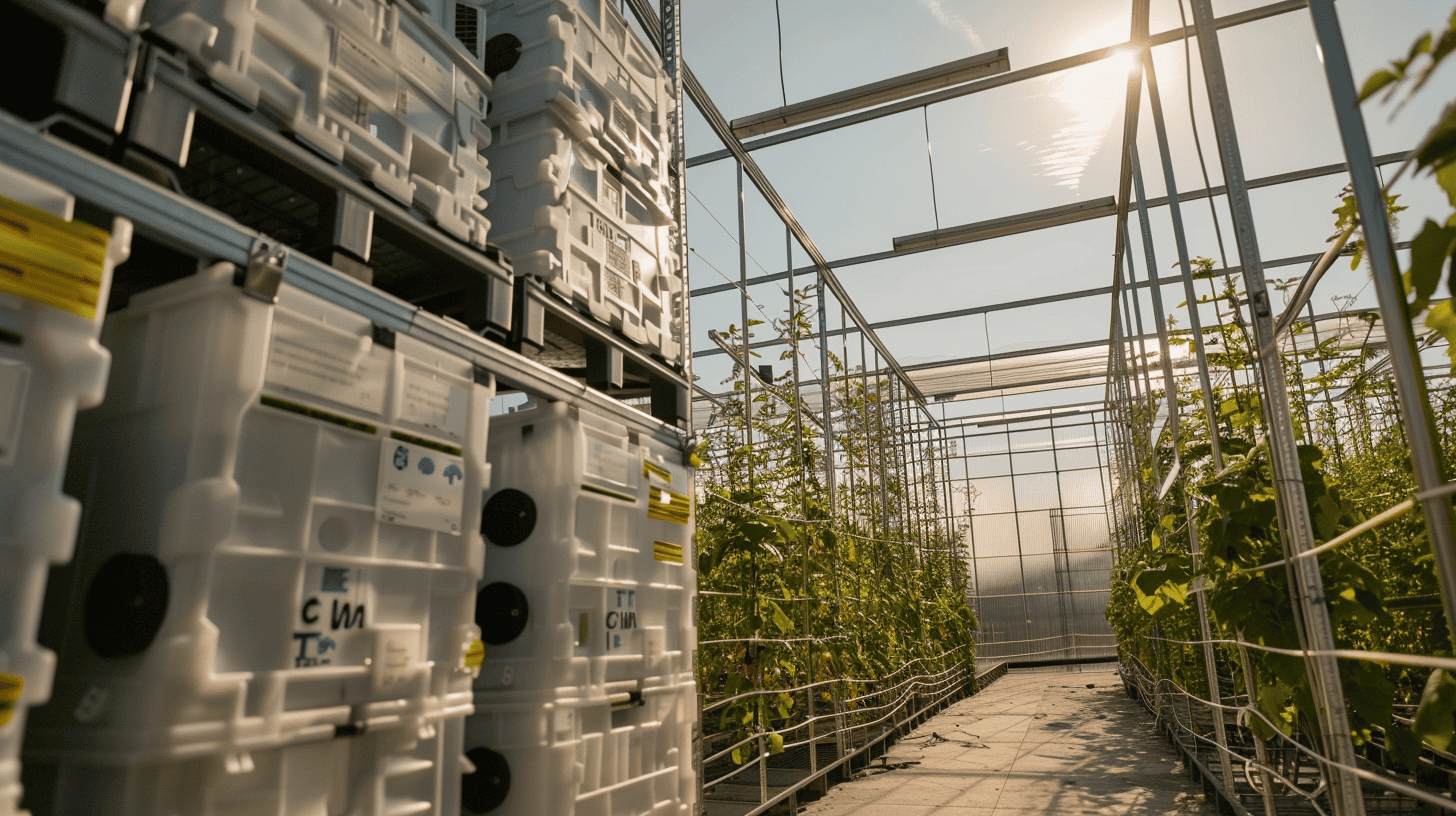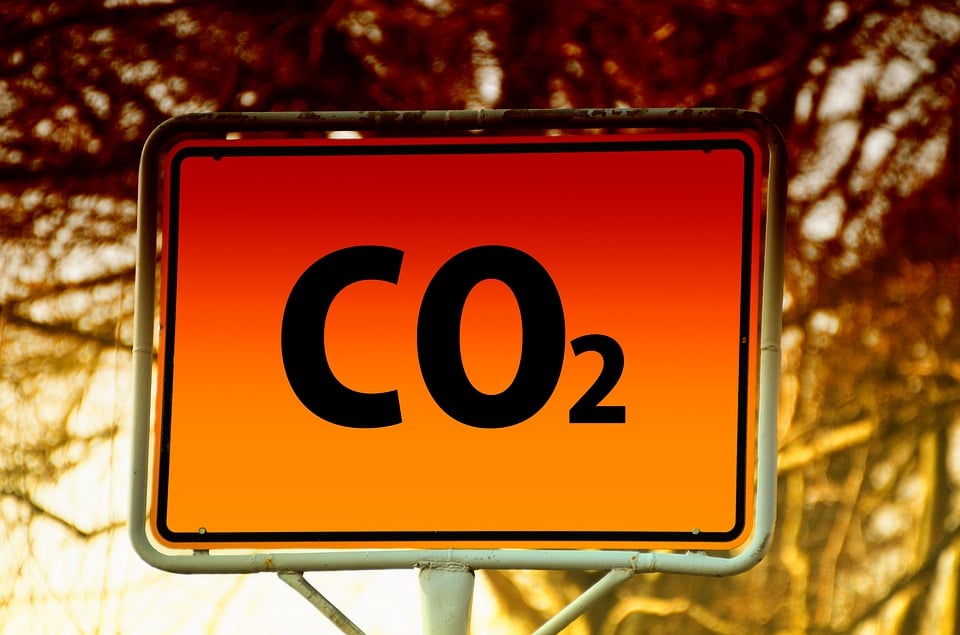
Carbon dioxide is one of plants’ favorite nutrients, so greenhouses traditionally rely on natural gas combustion for their growth. By contrast, carbon recaptured from the air can represent a more sustainable alternative. Lately, things have been happening in the Netherlands regarding the potential use of carbon capture in horticulture, including opening a dedicated research center. The sector is crucial for food stability but, like all other industries, needs to reduce its environmental footprint.
Why this is important
The Netherlands is one of the world leaders in greenhouse horticulture. Carbon capture can help the industry transition to a more sustainable model as climate targets are looming.
Carbon capture technology process involves extracting CO2 from the atmosphere, a gas essential for photosynthesis in plants. As plants absorb carbon dioxide and sunlight, they produce the oxygen and glucose necessary to grow and sustain life on Earth. However, the mechanics of carbon capture are not as simple as they may seem.
Direct Air Capture (DAC), a method of carbon capture, employs large fans that pull ambient air through filters or membranes containing materials that react with carbon dioxide, such as amines or potassium carbonate. The CO2 binds to these materials and is later released to collect, store, or use. While the concept is straightforward, the execution is laden with challenges, including the slow pace of absorption and the current high energy demand of the process.
Stepping towards sustainable horticulture
As a global leader in the horticulture sector, several projects in the Netherlands, are exploring the adoption of carbon capture within the sector. Wageningen University & Research (WUR) has established the Innovation and Demonstration Center (IDC) CO2 from Outdoor Air to test the feasibility of using CO2 captured from the air in greenhouses. This project is a testament to the sector’s commitment to finding sustainable solutions and aligning with the European Union’s heightened climate goals of a 90% reduction in CO2 emissions by 2040.
At the IDC, six systems designed to capture carbon dioxide from the air will be evaluated until 2026, assessing the quality of the nutrient for plant nourishment, energy consumption, and integration within greenhouse environments. The successful implementation of these systems could address the major bottleneck of providing a steady CO2 supply for plant growth in a sustainable manner.

Innovations at the forefront
While the IDC focuses on CO2 extraction for greenhouse use, Dutch startup ReCarbn is already developing installations for direct air capture and reuse in greenhouse horticulture. ReCarbn’s innovation circulates the chemical sorbent between reactors to reduce energy consumption and cycle time compared to conventional fixed-bed process technologies.
The European Commission’s support for technologies that reduce emissions and recycle CO2 reinforces the significance of these developments. Carbon Capture and Utilization (CCU) has been identified as an important pillar in this strategy, and it offers a promising future for sectors like horticulture to capture industrial carbon dioxide emissions and repurpose them.
Scaling up the technology
However, the path to widespread adoption of carbon capture in horticulture is not without its obstacles. The technology is yet to mature to a stage where it can be scaled up affordably. The sheer volume of DAC plants needed to make a substantial impact is a formidable challenge, requiring millions of such installations. Nonetheless, the potential benefits are clear. A single DAC plant can remove CO2 with ten thousand times less surface area than that required by forests performing the same function.
As the technology develops, the market for renewable fuels is expected to grow significantly. This growth will be spurred by the possibility of using empty oil and gas fields as reservoirs for storing captured CO2, a concept already being put into practice with the Porthos project in Rotterdam. This project showcases how industrial CO2 can be captured and transported to be permanently stored under the North Sea bed, demonstrating the practical application of carbon capture and storage (CCS) on a large scale.

The Dutch horticulture sector’s leap forward
The journey towards a climate-neutral horticulture sector by 2040 is ambitious yet attainable with the current trajectory of innovation and support. The success of these initiatives will not only cement the Netherlands’ position as a leader in sustainable agriculture but also provide a replicable model for other industries and nations to follow. It clearly indicates that horticulture’s future lies in the synergy between technology and sustainability.

